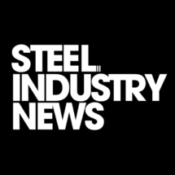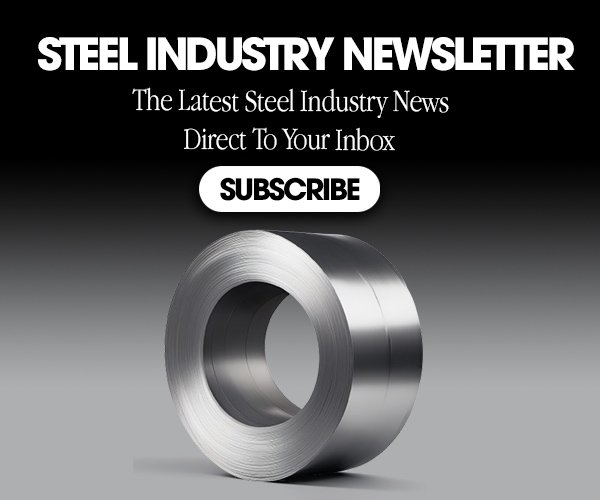As the 2024 presidential election approaches, the steel industry finds itself at the center of political discourse. With November 2nd just around the corner, it prompts us to consider how issues surrounding the steel industry might impact the election and whether the winner will bring substantive changes to the industry. This article explores the complex relationship between politics and steel, examining key factors such as union support, trade policies, and the potential implications of the election outcome.
Union Support and Swing States
Union support, particularly in swing states, plays a crucial role in shaping the political landscape. States like Ohio, Pennsylvania, Michigan, and Illinois, where steel production is significant, are pivotal in the election. The dynamics of union versus non-union producers influence discussions on tariffs, anti-dumping litigations, and trade policies such as the “melted and pour” provisions. The Biden / Harris administration’s continuation of many Trump-era trade policies, and legislative trade wars, particularly with Russia and China, have intensified adding more sanctions to Trumps pre-existing policies. The Democratic Party’s track record on infrastructure spending and “Made in America” provisions has garnered union support. However, any shift in union opposition to the U.S. Steel-Nippon merger as a result of current arbitration could impact Democratic support in key states. Both parties currently oppose the acquisition, which, if completed, could alter the competitive landscape significantly.
Trade Policies and Tariffs
Trade policies are a contentious issue in the steel industry. The Biden / Harris administration has proposed tripling tariffs on Chinese steel imports, increasing them from 25% to up to 100%, depending on the products. Former President Trump advocates for raising all tariffs on China to at least 60%. These measures aim to protect American jobs and national security but risk increasing costs for U.S. manufacturers. Higher tariffs on steel imports could have significant implications for manufacturers who rely on steel as a raw material. Historical data shows that previous tariffs, such as those imposed by Trump in 2018, resulted in increased costs for companies like General Motors, Ford, Caterpillar, and Whirlpool, raising prices for new passenger vehicles and costing companies billions of dollars.
The Decline of the U.S. Steel Industry
The U.S. steel industry has faced significant challenges in recent years. Chinese companies produce over 1,000 million metric tons of steel annually, dwarfing the U.S.’s 81 million metric tons. This decline has led to significant industry changes, including the potential sale of U.S. Steel to Japan’s Nippon Steel, which has faced opposition from politicians and the United Steelworkers union.
Potential Outcomes of the Election
The election’s outcome could have profound implications for the steel industry. A Republican victory might lead to increased isolationist and protectionist policies, affecting trade and political alliances. This could also impact the Green Steel and Climate Change agenda, potentially halting initiatives aimed at reducing environmental impact. Conversely, a Democratic victory might continue current initiatives, but it remains unclear whether these policies may have stimulated record profits for the industry while also contributing to inflation concerns. The challenge of balancing industry growth with workforce welfare persists, as wages have not kept pace with inflation. The benefits of record profits have not relieved the burden of the current cost of living of their employees.
Conclusion
The intersection of politics and the steel industry is complex and multifaceted. As the 2024 presidential election approaches, the future of the steel industry remains uncertain. The only constant in this equation is change, and the industry’s trajectory will depend heavily on the election’s outcome. Whether through tariffs, trade policies, or union dynamics, the decisions made by the next administration will shape the steel industry’s landscape for years to come.
For the latest steel news updates on Steel Pricing and other steel trends, be sure to follow Steel Industry News
Check out some of our other articles on the Steel Market:
Vietnam’s Steel Industry Under Pressure: A Perfect Storm of Trade Disputes
Steel Pricing Update: Nucor and Cleveland-Cliffs Lead the Way
Nucor CSP Price Update: Downward Trend Continues
Summer Slowdown: Exploring the Factors Behind the Steel Market Downturn
Steel Prices Slide: Nucor CSP Dips Again, Construction Slowdown a Potential Culprit
Steel Price Update: Nucor CSP Dips, Cleveland Cliffs Follows With August Price Decrease
Steel Prices Continue Decline Pressured By Housing Market Slowdown
Nucor’s CSP: A Game Changer in Steel Price Transparency?










